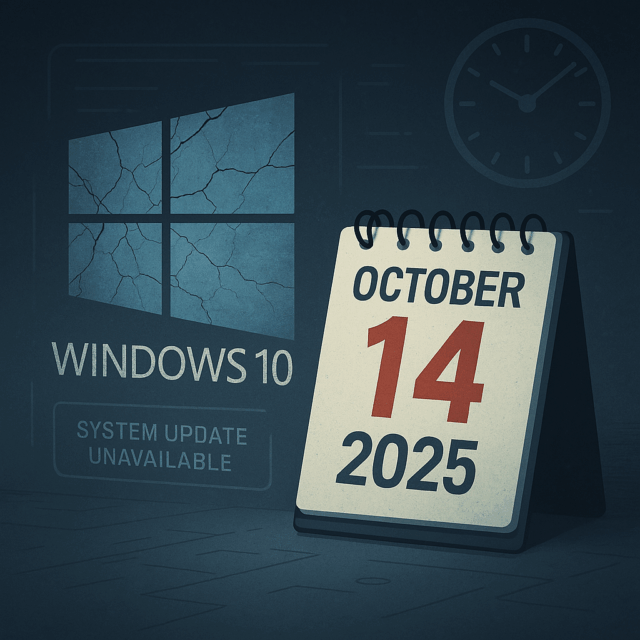In today’s connected world, choosing the right type of internet connection can make a big difference to your online experience — especially when it comes to gaming and streaming. Should you go with a reliable wired setup using fibre and Cat6 Ethernet cables, or embrace the flexibility of WiFi 5 or WiFi 6?
Here’s a closer look at the differences between these connection types, the pros and cons of each, and which one is best suited for your needs. We’ll also explore how to eliminate WiFi dead spots and maintain a strong connection throughout your home.
Fibre via Cat6: reliable, fast and stable
When we talk about fibre, we’re referring to the high-speed internet service delivered to your premises. But how that connection reaches your device depends on whether you go wired or wireless. Using a Cat6 Ethernet cable, you can directly link your device to the router, providing the most stable and high-speed experience available.
Benefits:
-
Low latency: Wired connections offer ultra-low ping, crucial for fast-paced online gaming.
-
Maximum speed: Cat6 supports speeds up to 10Gbps over short distances, so you get the full benefit of your fibre package.
-
Stable and interference-free: No signal drop-offs, and no interference from other wireless devices or walls.
-
Better security: Harder to intercept than wireless signals.
Drawbacks:
-
Limited mobility: You’re physically tethered, which can be restrictive for laptops or other portable devices.
-
Installation hassle: Running long cables across rooms or through walls can be unsightly or inconvenient without proper planning.
-
Less tidy: More cables often mean more clutter unless managed properly.
WiFi 5/6: flexible and improving fast
WiFi 5 (802.11ac) and WiFi 6 (802.11ax) offer the freedom to connect wirelessly, making them ideal for smartphones, tablets, and other mobile devices. WiFi 6, in particular, is designed to handle more devices with greater speed and efficiency.
Benefits:
-
Easy setup: No cables, no mess — just connect and go.
-
Increased coverage: Especially when paired with modern mesh systems.
-
Improved speed and efficiency (WiFi 6): Ideal for households with multiple users and devices.
-
Convenient mobility: Use your devices freely throughout your home.
Drawbacks:
-
Signal interference: Walls, microwaves, and other electronics can weaken your WiFi signal.
-
Higher latency: Even with WiFi 6, latency is still usually higher than with Ethernet — not ideal for competitive gaming.
-
Speed drop-offs over distance: The further you are from the router, the slower and less stable the connection becomes.
Dealing with WiFi deadspots
If you’re experiencing patchy WiFi in certain areas of your home, a mesh WiFi system is the best solution. It uses multiple units placed throughout your home to blanket the entire space in strong, seamless signal — eliminating dead zones entirely.
We recommend the Cudy Dual Band WiFi 6 Mesh 3-Pack, which supports up to 3,000Mbps, perfect for modern homes with multiple users and demanding streaming or gaming needs.
Which is better for gaming and streaming?
-
For gaming: Wired fibre with Cat6 cable wins every time. Lower ping, consistent speeds, and no interruptions — essential for competitive or real-time gaming.
-
For streaming: Both work well, but wired still provides a more reliable experience, especially when streaming in 4K or when multiple streams are running simultaneously. WiFi 6 comes close and is often good enough for casual use.
Final thoughts
If your priority is performance and reliability, especially for gaming, go for a wired fibre connection with Cat6 Ethernet. For everyday use, especially in spaces where cables aren’t practical, WiFi 6 with a strong mesh system like the Cudy 3-pack is an excellent solution.
Best of both worlds? Use wired connections for your core devices — such as gaming PCs, consoles or media centres — and supplement the rest of your home with a mesh WiFi network for full flexibility and coverage.





